WHAT YOU NEED TO KNOW: Governor Newsom visited the Tulare Basin to see flooding impacts firsthand, meet with community leaders, and emphasize the state’s commitment to supporting and providing appropriate assistance to the counties impacted by recent and anticipated flooding this spring and summer.
TULARE BASIN – Today, Governor Gavin Newsom joined state and local officials and community leaders in the Tulare Basin to survey recent flooding brought on by major storms earlier this year and outline actions the state is taking to support the region as it faces long-term flooding. Flooding impacts in the region are expected to worsen in the coming weeks as snowmelt escalates due to higher temperatures in the Sierra Nevada.
The Governor visited several locations in the Tulare Basin to see flooding impacts firsthand, including the Allensworth community center, a project spearheaded by CAL FIRE to raise a critical access road to Alpaugh, and a dairy that has been partially submerged by flood water.
“California is here for the Tulare Basin, the Central Valley and all parts of our state still dealing with the impacts of the historic deluge of atmospheric rivers we experienced and preparing for future flooding due to snowmelt,” said Governor Newsom. “Our focus is keeping these communities safe, and we’re working with our federal and local counterparts to provide on-the-ground assistance and the support locals need. This weather whiplash is what the climate crisis looks like – and that’s why California is investing billions of dollars to protect our communities from weather extremes like flooding, drought and extreme heat.”
State officials have been on the ground since storms first started hitting, supporting and coordinating emergency response. Now, California is shifting focus to flood prevention and recovery efforts and will support local response in the coming weeks, months and years.
The state response to flooding, both in the Tulare Basin and across California, includes:
- Over 1.7 million sandbags and roughly 20,000 supersacks distributed to help prevent flooding;
- 12,000 feet of muscle walls constructed;
- Over 49 million pounds of rock and sand used to shore up rivers and levees;
- Over 60 shelters opened for folks who got displaced by flooding and snowfall;
- Over 600 comfort kits distributed to impacted families;
- Over 3 million miles of California roads plowed or maintained.
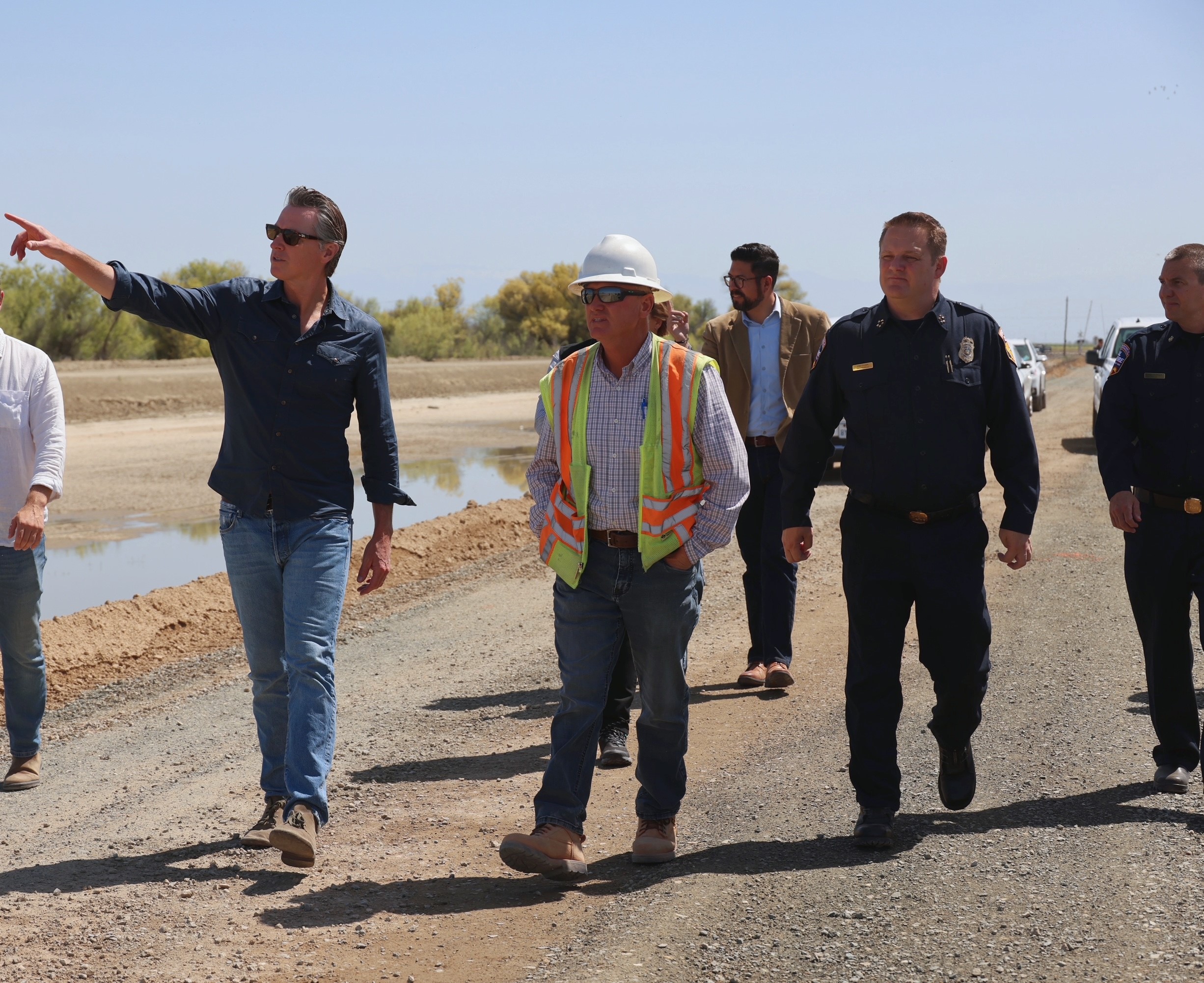
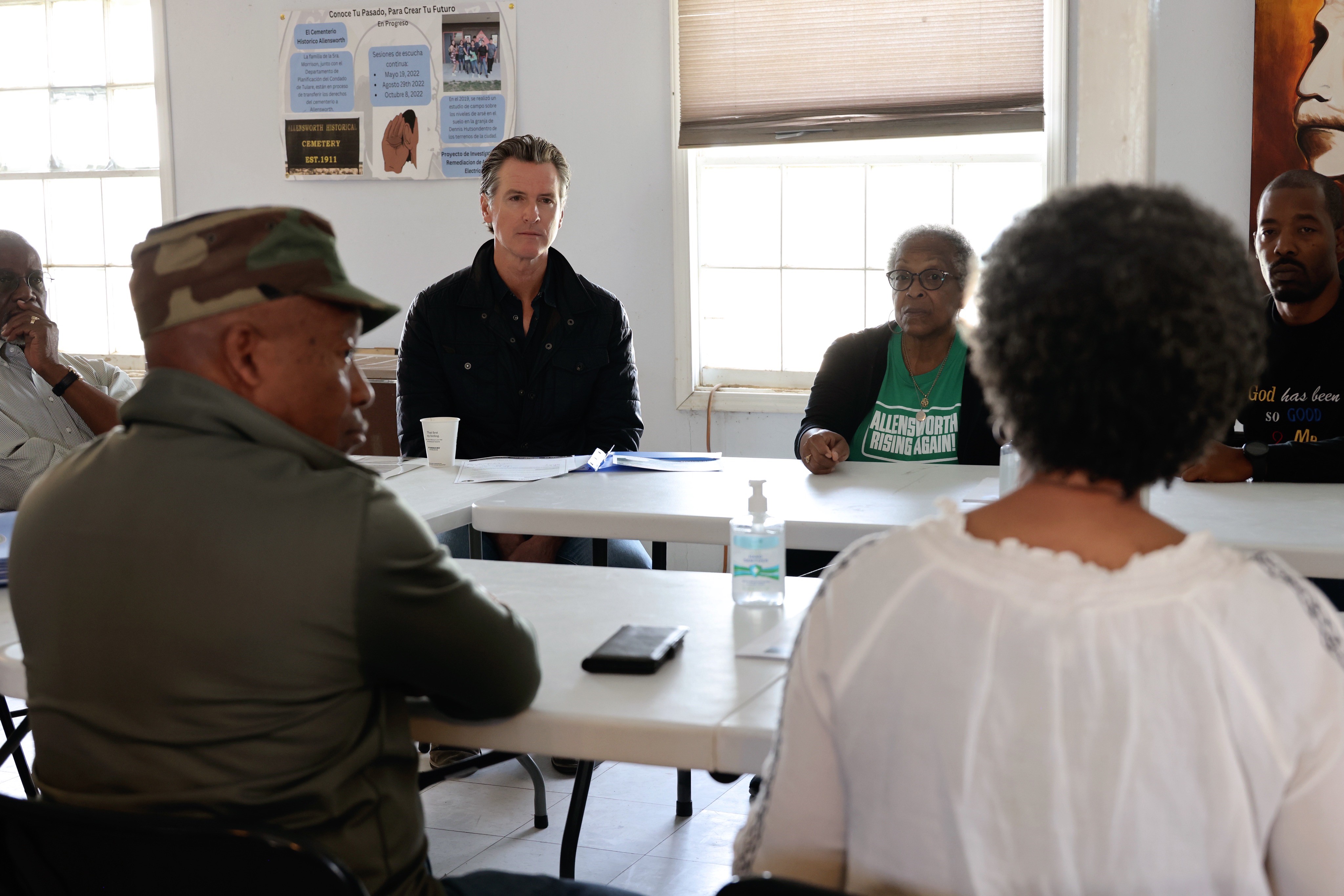 \
\
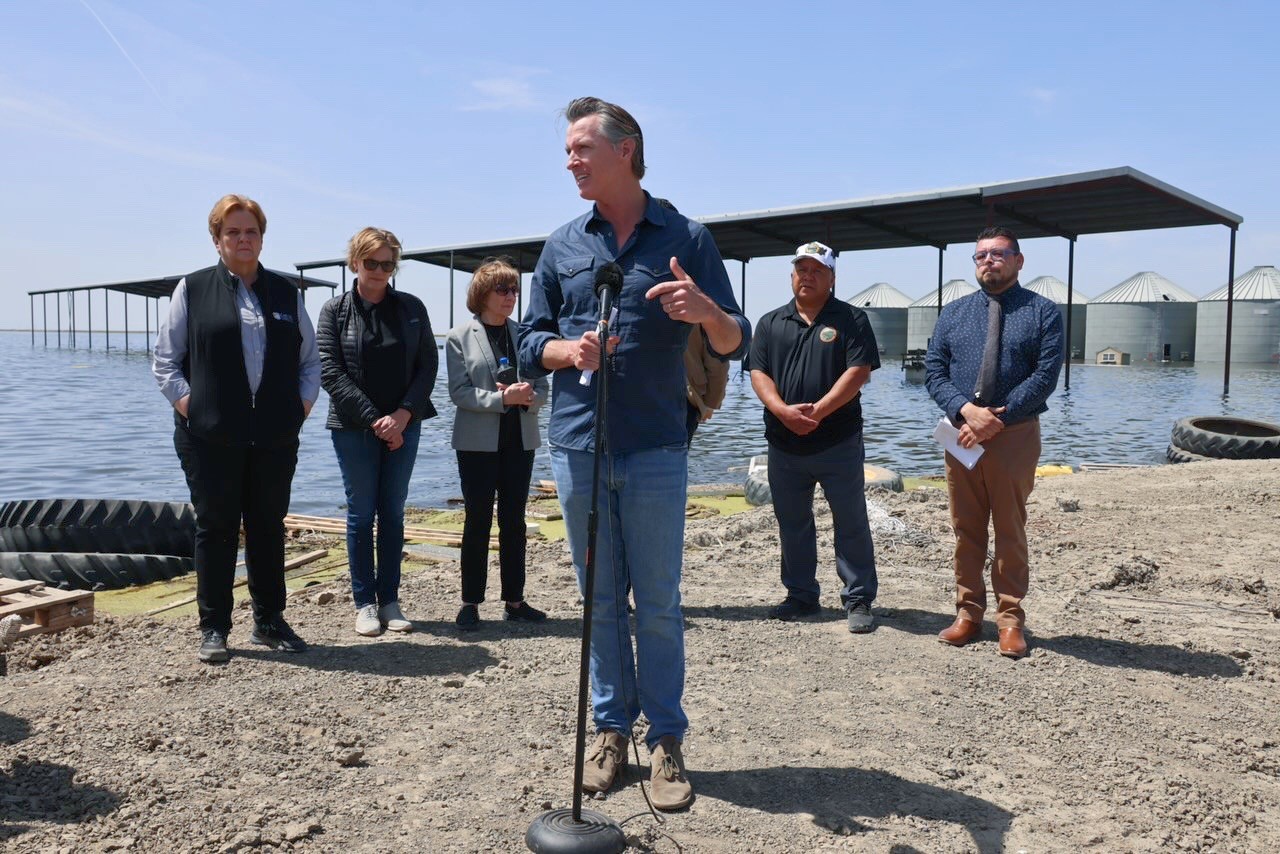
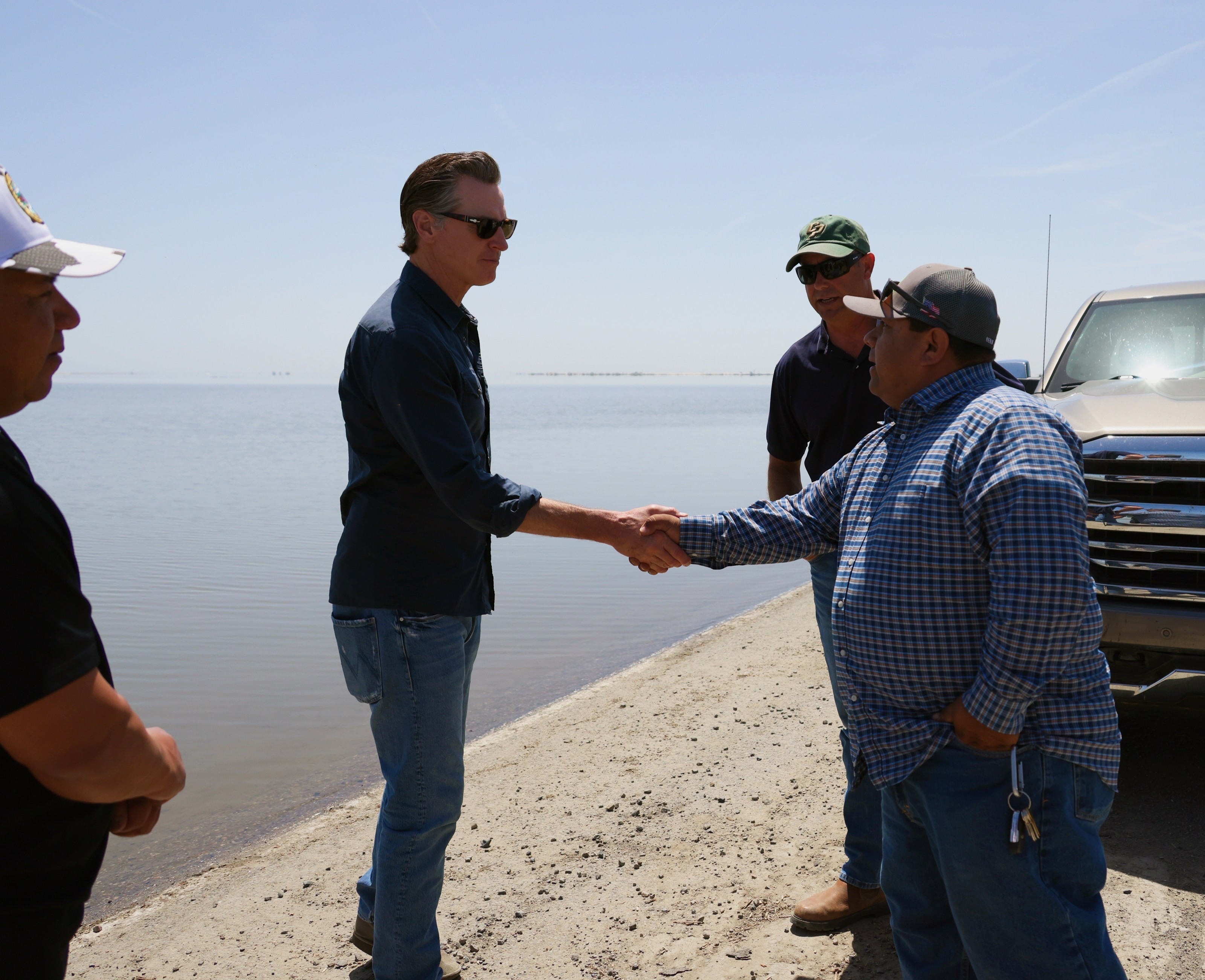
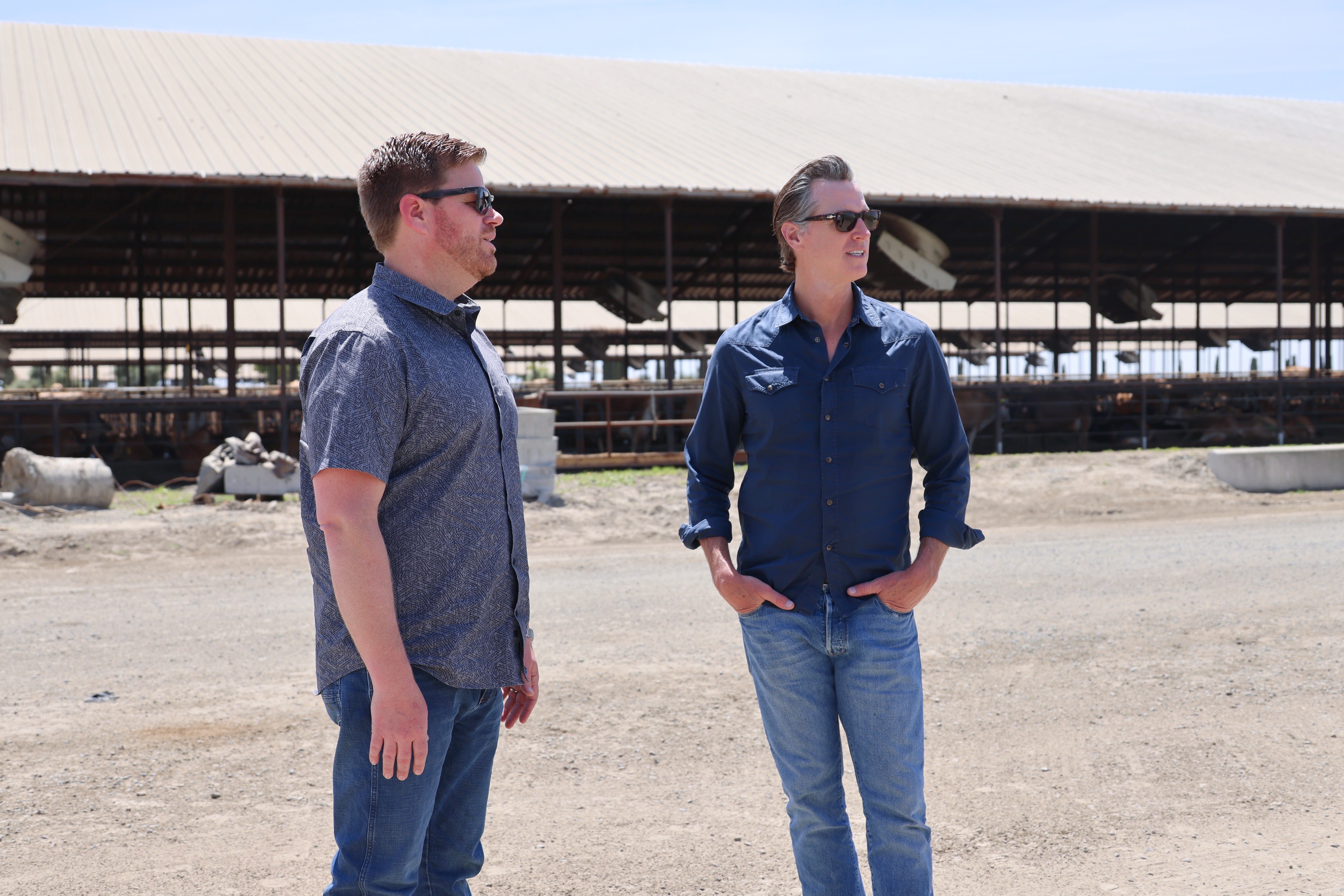
Today, the state also announced a new flood outreach effort to reach one million Californians in flood-threatened communities. Through Listos California, a program of the California Governor’s Office of Emergency Services (Cal OES), the state will mobilize teams of phone-bankers to conduct direct outreach to Californians living in high-risk flood areas in Fresno, Kern, Tulare, Kings, Merced, Madera, Mariposa and San Bernardino counties. Modeled after “Get Out the Vote” efforts, Californians in the target counties will receive information and resources in English, Spanish, Korean, Tagalog, Vietnamese or Mandarin, depending on their language. The calls will include flood awareness and preparedness information while encouraging residents to sign up for local emergency notifications and offering suggestions on how best to prepare and respond should it be necessary. These direct outreach efforts add to the work of the 90+ CBOs funded by the program.
Last week, Cal OES, the Department of Water Resources (DWR) and the United States Army Corps of Engineers (USACE) met with county officials and emergency response personnel in the Tulare Lake Basin to help organize flood response plans to prepare for snowmelt in the coming months.
The state, in partnership with USACE and local entities, is prioritizing snowmelt forecasting, reservoir operations, flooding assessments and flood response support. California is also working closely with county partners to share the latest advance planning tools DWR has used to support other flood prone areas of the state and to help local agencies in the basin prepare for flooding. DWR has also launched a $5 million program to provide temporary pumps to local water districts for groundwater recharge basins to increase flood diversions.
Last month, Governor Newsom signed an executive order to support the ongoing response to flooding by expediting levee repairs, floodwater diversion and other emergency response activities. California also secured a Presidential Major Disaster Declaration to support storm response and recovery in Tulare County and other impacted counties. Following the Disaster Declaration, Disaster Recovery Centers across the state are now open, serving as central hubs to connect community members and businesses with support.
With DWR projecting flooding impacts for the next 16 weeks, the state continues to support and conduct operations to forecast flood impacts, provide technical assistance and flood fighting materials, and divert river flows into groundwater basins all in an effort to protect communities and infrastructure.
Leveraging the more than $8.6 billion committed by Governor Newsom and the Legislature in the last two budget cycles to build water resilience, the state is continuing to take aggressive action to prepare for the impacts of climate-driven extremes in weather on the state’s water supplies. In the 2023-24 state budget, the Governor is proposing an additional $202 million for flood protection.
Disaster Assistance
Business owners that were impacted by storms in Kern, Mariposa, Monterey, San Benito, San Bernardino, Santa Cruz, Tulare, and Tuolumne counties can register for federal assistance to help them repair or replace damaged property that was destroyed.
Through the Federal Emergency Management Agency (FEMA), the U.S. Small Business Administration (SBA) offers low-interest disaster loans to help cover disaster-caused damage or mitigation to help prevent future storm damage. Businesses can register online at disasterassistance.gov.
Additionally, the California Department of Social Services (CDSS) is mobilizing existing funds from the state’s Rapid Response Fund to provide disaster recovery services to undocumented Californians ineligible for FEMA individual assistance due to immigration status. These efforts also include ensuring mixed-status families are accessing federal and state resources that they may be eligible for.
The Labor and Workforce Development Agency is coordinating with local partners and nonprofits to mobilize and provide assistance, particularly to farmworkers.
###

